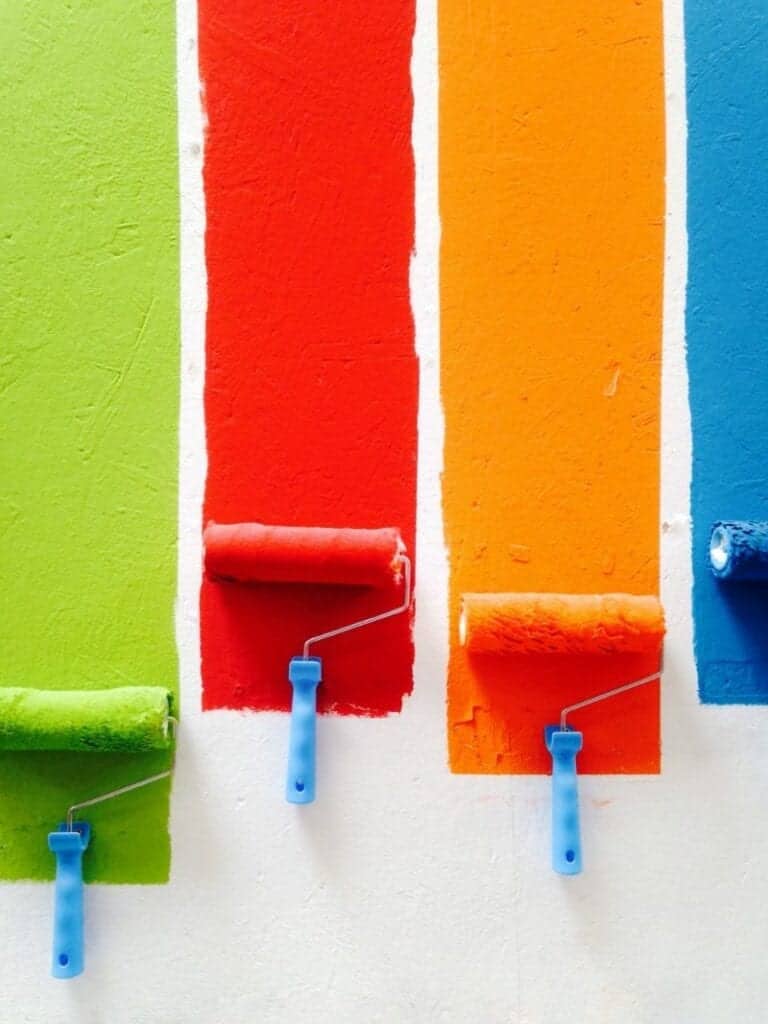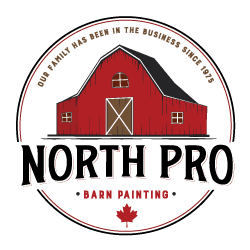The Risk of Lead Based Paint
As we all know, lead is a toxic substance. It can affect people of any age. It accumulates in your body. So even a small amount can be harmful to your health.
In earlier days, people were not so aware of lead poisoning. So, If your home was built more than three decades ago, the chances are that it has lead-based paint on the walls.
So, you have to be very careful about repairing, removing, or disturbing this wall paint through the usual wear-and-tear. Such activities can expose you and your children to serious health risks.

The children are very susceptible to lead poisoning. They are growing and can absorb lead very quickly. They are also running all over the house, playing hide and seek, or doing other stuff in the most obscure corner of the house. So, the probability of getting exposed is much higher for the children.
How to find out if your home contains lead based paint
To find out if your home contains lead based paint, you first have to check out when your home was built. If it was built before 1960, it might contain lead-based paint. If it was built between 1960 and 1990, the exterior of your home might have lead-based paint.
A small amount of lead can be harmful as your children can get exposed to it very quickly. The house that was built after 1990 doesn’t contain any lead because at that time, producing lead based paint became completely illegal, and manufacturers stopped producing any lead-based formula in their paint.
If you are still not convinced by the founding date of your house, you can send paint chip samples to a lab for analysis. You can also hire a contractor to do an X-ray to detect lead on painted surfaces.
You can also check out this article on How To Identify Lead Paint in Residential and Commercial Structures.
Should lead based paint be removed or left alone?
Removing the lead-based paint sometimes proved more dangerous than leaving it as it is. As long as you can make sure that no one gets near it, you should be safe. You can cover the wall with wallpaper, wallboard, or paneling to add extra security.
However, if the condition of the wall is not good and starts to chip, flake, or be within reach of children, lead-based paint in the home is a severe health hazard. In this circumstance, you should remove the lead-based paint following very specific guidelines.
How to minimize the risk of lead poisoning
If you plan to remove lead-based paint from your wall, you must-
- Keep pregnant women and children away from the work area.
- Don’t try to do it by yourself. Hire an expert.
- Do not use heat guns, sanders, blowlamps, or other instruments that give a blow. You have to avoid creating toxic dust and fumes with lead.
- Remove all furnishings from the work area. If it’s not possible, you must use plastic sheets and tapes to protect it from toxicity.
- Don’t forget to wear masks, goggles, gloves to protect yourself. After doing the job, don’t forget to wash.
- Take breaks after working for ten minutes. If you have trouble breathing or feel sick, you should abandon the project and wait for the expert.
- Don’t eat, drink or smoke near the working area.
- Make sure you clean the whole working area after you finish the work.
Lead is a dangerous substance. The reason people used it in earlier days because as a metal, it was proved very useful.
As a commercial painting solution service provider, we are pretty cautious about lead poisoning when renovating old houses and barns. Please check our image gallery and evaluate our work. Contact us to discuss your options.
